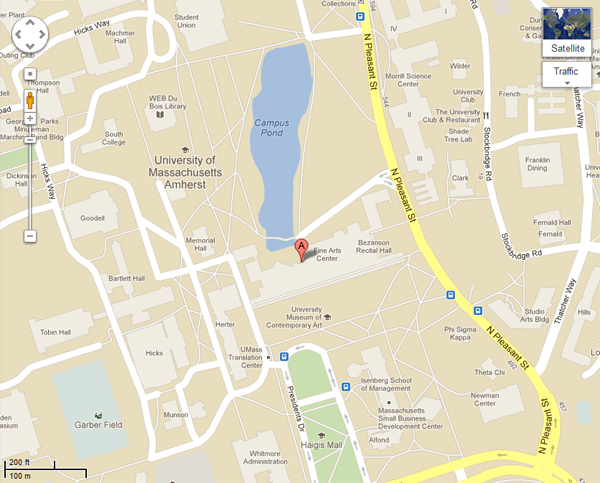Brenda Zlamany:Figure Ground
February 3 - May 16, 2001
Brenda Zlamany, Portrait #45 (Black Chuck with Primary Colors), 2000-01, oil on linen on
four panels, 25 1/2 x 105 inches overall
Brenda Zlamany/Figure Ground features this artist’s most recent painting series which marks a further step in her ongoing investigation of the relationship between color and light. Zlamany, whose subjects range from portraiture and still life to landscapes, has chosen three subjects—artist Chuck Close, boxer Evander Holyfield, and poet/critic John Yau—the identities of whom are explored through a repetition of their respective images on various color grounds. The portrait panels are partnered with other panels that hold monochromatic color which, for the artist, signifies the representation of light in both its physical and psychological effects.
Zlamany is inspired from sources that most people might initially categorize as having no relation to each other. Paintings by Francisco de Zurbarán (1598-1664), Jean-Baptiste-Siméon Chardin (1699-1779), and Francisco Goya (1746-1828) are just as close to her concerns as those by artists such as Ellsworth Kelly and Ad Reinhardt who established their reputations within the New York School of the 1950s. In speaking about these latest works, the artist mentioned that in preparation for Portrait #52 (Laughing Blue John) (2000-01) she looked to Frans Hals (1580-1666) one of the great realistic painters of the Haarlem school who was well-known for his intimately expressive portraits of ordinary people. A few minutes later Zlamany remarked that in general the work "is all about Albers’s theories," referring to Josef Albers, a prolific painter, writer, and teacher, and the first member of the Bauhaus faculty to teach in the United States. Best known for his Homage to the Square series (1949), Albers once wrote "[The colors in my paintings] are juxtaposed for various and changing visual effects. They are to challenge or to echo each other, to support or oppose one another. Such action, reaction, interaction—or interdependence—is sought in order to make obvious how colors influence and change each other….All this will make aware of an exciting discrepancy between physical fact and psychic effect of color." Albers’s considerations are reflected in Zlamany’s portraits in that she must adjust her palette for the same skin tone according to the background color. But her technical skills are in the service of an empathy that transforms the material means into a presence.
I achieve the ground color and the figure-ground relation by applying and manipulating ten to twenty tinted glaze layers on a completed underpainting, one layer each day. As I glaze, I work through the spectrum, stopping at a selected color. It’s risky…in glazing from red to indigo, for example, it might be necessary to sacrifice luminosity for depth. In this process, the painting goes from being a "likeness" to having a soul.
Brenda Zlamany lives and works in Brooklyn, and is represented by Stefan Stux Gallery, New York. Her work has been exhibited in many one-person and group exhibitions, the most recent being The Figure: Another Side of Modernism which was curated by Lilly Wei for the Newhouse Center for Contemporary Art/Snug Harbor Cultural Center, Staten Island.
|
Related Media
|












